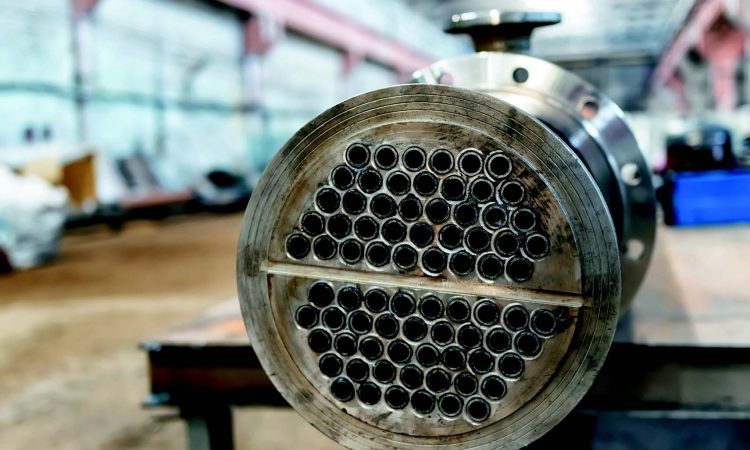A tubeless heat exchanger is a crucial component in various industrial processes, serving the purpose of transferring heat from one fluid to another. Unlike traditional heat exchangers, tubeless ones don’t have tubes for the exchange process. Instead, they utilize a plate-and-frame design, offering efficient heat transfer while occupying minimal space. In the industrial landscape, where space is often limited, tubeless heat exchanger Singapore are preferred for their compactness and effectiveness.
Importance of Optimizing Performance
Optimizing the performance of a tubeless heat exchanger Singapore is essential for several reasons. Firstly, it ensures efficient heat transfer, leading to energy savings and reduced operational costs. Secondly, optimized performance prolongs the lifespan of the equipment, minimizing downtime and maintenance expenses. Additionally, it helps maintain product quality and consistency in industrial processes, contributing to overall operational excellence.
Factors Affecting Tubeless Heat Exchanger Performance
Several factors can impact the performance of a tubeless heat exchanger:
- Environmental Conditions
Singapore’s tropical climate presents challenges such as high humidity and temperature variations, which can affect the heat exchanger’s efficiency. Adequate insulation and ventilation are crucial to mitigate these effects.
- Tube Fouling
Accumulation of deposits on the heat exchanger’s plates can significantly reduce heat transfer efficiency. Regular cleaning and maintenance are necessary to prevent fouling and ensure optimal performance.
- Fluid Properties
The properties of the fluids flowing through the heat exchanger, such as viscosity and corrosiveness, can influence its performance. Choosing compatible fluids and maintaining proper flow rates is vital to maximize efficiency.
Steps to Optimize Performance
To optimize the performance of a tubeless heat exchanger, the following steps should be taken:
- Regular Maintenance and Cleaning
Scheduled inspections and cleaning routines are essential to prevent fouling and maintain peak performance. This includes removing deposits and debris from the heat exchanger’s plates and ensuring proper alignment.
- Monitoring and Adjusting Operating Conditions
Regular monitoring of operating parameters such as flow rates, temperatures, and pressure differentials allows for timely adjustments to optimize performance. Automated systems can help maintain optimal conditions continuously.
- Using Proper Fluids
Selecting the appropriate fluids for the specific application is critical for maximizing heat transfer efficiency and preventing corrosion or fouling. Consultation with fluid experts can aid in choosing the right fluids for optimal performance.
- Implementing Heat Exchanger Additives
The use of additives such as corrosion inhibitors and antifouling agents can help enhance the heat exchanger’s performance and prolong its lifespan. However, careful selection and dosing are necessary to avoid adverse effects on system integrity.

